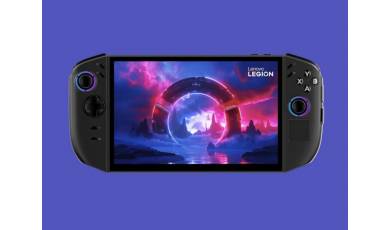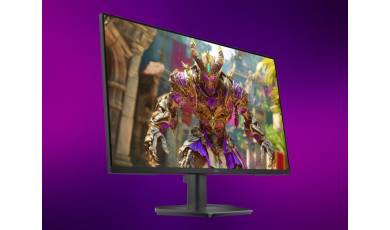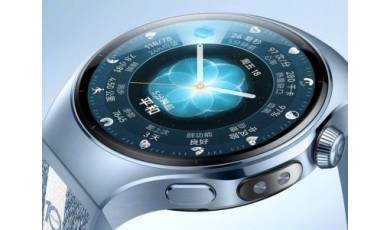Backup Lava X80
Mobiles >> Lava >> Lava X80| Specifications | Reviews | Secret codes |
| Unlock phone | Root phone |
| Backup | Flash Firmware | Screenshot |
| Hard Reset |
Backup copy of personal data on Lava X80?
A backup copy is made to save personal data and content that arose in the phone during its operation. This is a list of installed applications, contacts, notes, your personal photos or photos received from other users, music and video files, browser bookmarks, etc..One of the most reliable, and most importantly, the simplest ways to save personal data contained in an Android smartphone is to synchronize data with cloud storage.
Google in Android provides the ability to easily save and quickly restore photos, contacts, applications, notes and more. It is enough to create a Google account when you first start the phone or enter the data of an existing Google account, as well as allow the system to synchronize user data with cloud storage. This opportunity should not be neglected.
A few tips, as always, to have a ready, securely saved copy of the most important for most users - personal photos and contacts, using the capabilities of synchronization with Google.
1. To enable synchronization in the Android phone, go along the path 'Settings' -> 'Google' -> 'Sync now' and put a checkmark in front of the data that should be copied to the cloud storage.
2 To store contacts in the cloud, you must specify Google account as the save location when creating them. Also, you can easily export them using the standard Android application 'Contacts'.
3. In order not to lose your own photos, it is best to use the standard Android application Google Photos.
Of course, Google isn't the only monopoly on backing up user data from Android devices.
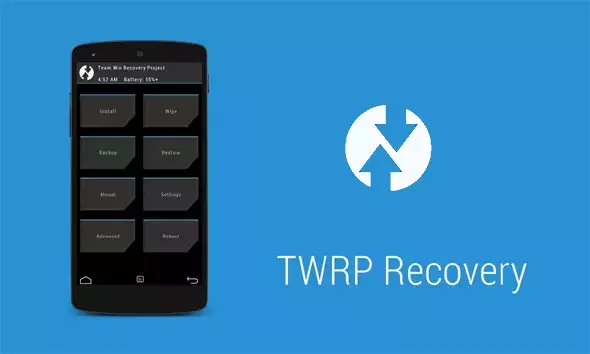
Method 1: TWRP Recovery
The easiest way to create a backup is to use a modified recovery environment for this purpose - custom recovery. The most functional among those solutions is TWRP Recovery.
1. Enter TWRP Recovery, to enter you need to turn off the phone and press the 'Volume Down' ('Volume Up') and the 'Power' button together for a few seconds.
2. When you entered the recovery, you must enter the 'Backup' section.
3. In the window that opens, you need to select the memory partitions for copying and select where you will store the copies - press the 'Select Storage' button.
4. The best choice for storage space is a memory card. In the list of available storage locations, select 'Micro SDCard' and confirm your choice by clicking on the 'OK' button.
5. After that, you need to swipe right in the 'Swipe to Backup' field and start the save process.
6. The files will be copied to the selected media, the progress can be seen using the progress bar, and a log of the actions currently being performed is kept.
7. The saved files are stored in the TWRP / BACKUPS folder on the selected drive, then this folder can be copied to the PC hard drive.
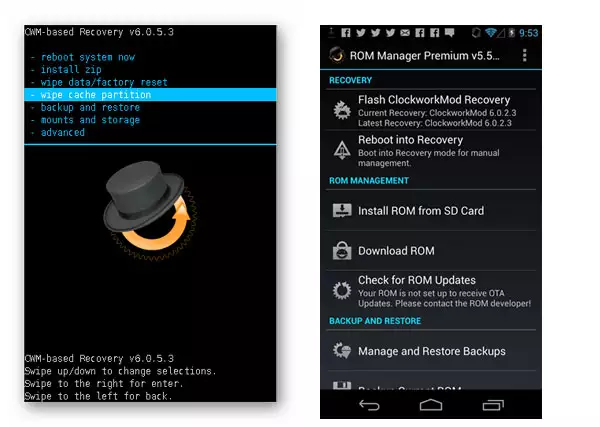
Method 2: CWM Recovery + ROM Manager Android App
As in the previous method, when creating a backup of the Android firmware, a modified recovery environment will be used, only from another ClockworkMod developer - CWM Recovery. In general, the method is similar to using TWRP. At the same time, CWM Recovery does not have the necessary capabilities for many users to manage the process of creating a backup, for example, it is impossible to select individual partitions to create a backup. But the developers offer their users a good Android application ROM Manager, using the functions of which, you can start creating a backup directly from the operating system.
1. Install and open ROM Manager. To create a backup in the 'Backup and Restore' section, click on the 'Backup current ROM' item.
2. Come up with a name for your future backup and click 'OK'.
3. The application works only if you have root rights. The phone will reboot into recovery and the backup will begin.
4. The backup process takes a long time. Cancellation of the procedure is not provided, you can only watch the appearance of new items in the process log.
Upon completion of the process, the main recovery menu opens. You can reboot into Android by selecting the "reboot system now" item. Backup files created in CWM Recovery are stored in the path specified when it was created in the "clockmod/backup" folder.
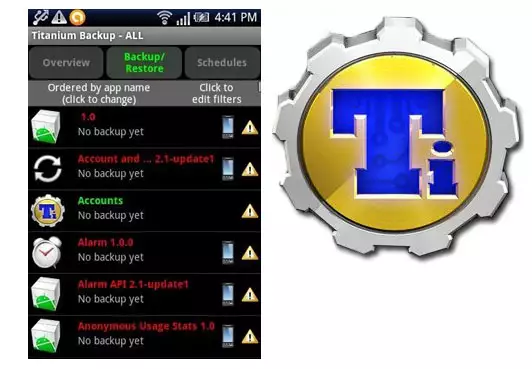
Method 3: Titanium Backup app
Titanium Backup is a very powerful yet easy-to-use system backup tool. Using the tool, you can save all installed applications and their data, as well as user information, including contacts, call logs, sms, mms, WI-FI access points and more.
The advantages include the ability to extensively customize the parameters. For example, there is a choice of applications and data that will be saved. To create a full-fledged Titanium Backup backup, you must have root rights.
You need to take care of a safe storage location for the backups you create in advance. The internal memory of the smartphone is not such, it is recommended to use a PC disk, cloud storage or, in extreme cases, a microSD card.
Method 4: SP FlashTool + MTK DroidTools
Using the SP FlashTool and MTK DroidTools applications is one of the most functional ways that allows you to create a truly complete backup of all memory sections. Another advantage of this method is the optional presence of root rights on the device. The method is applicable only for devices built on the Mediatek hardware platform, with the exception of 64-bit processors.
Method 5: Backup the system using ADB
If it is impossible to use other methods or for other reasons, to create a complete copy of the memory partitions of almost any Android device, you can use the OS developers' toolkit - the Android SDK component - Android Debug Bridge (ADB). In general, ADB provides all the possibilities for carrying out the procedure, only root rights on the device are needed.
Summary: Chip: Intel Atom Z3735F; Process technology: 22 nm; CPU: Intel Bay Trail; CPU bits: 64 bit; Instruction set: IA-32 (x86), IA-64 (x64); Level 1 cache memory (L1): 24 KB + 32 KB; Level 2 cache memory (L2): 2048 KB; CPU cores: 4; CPU frequency: 1830 MHz; GPU: Intel HD Graphics; GPU frequency: 646 MHz; RAM capacity: 1 GB; RAM type: LPDDR3L-RS; RAM channels: Single channel; RAM frequency: 1333 MHz; Operating system (OS): Android 4.4 KitKat; Type/technology: IPS; Diagonal size: 8 in; Width: 6.78 in; Height: 4.24 in; Aspect ratio: 1.616: 10; Resolution: 1280 x 800 pixels; Pixel density: 189 ppi; Color depth: 24 bit16777216 colors; Display area: 69.11 %; Other features: Capa ...
Comments, questions and answers on backup Lava X80
Ask a question about Lava X80

